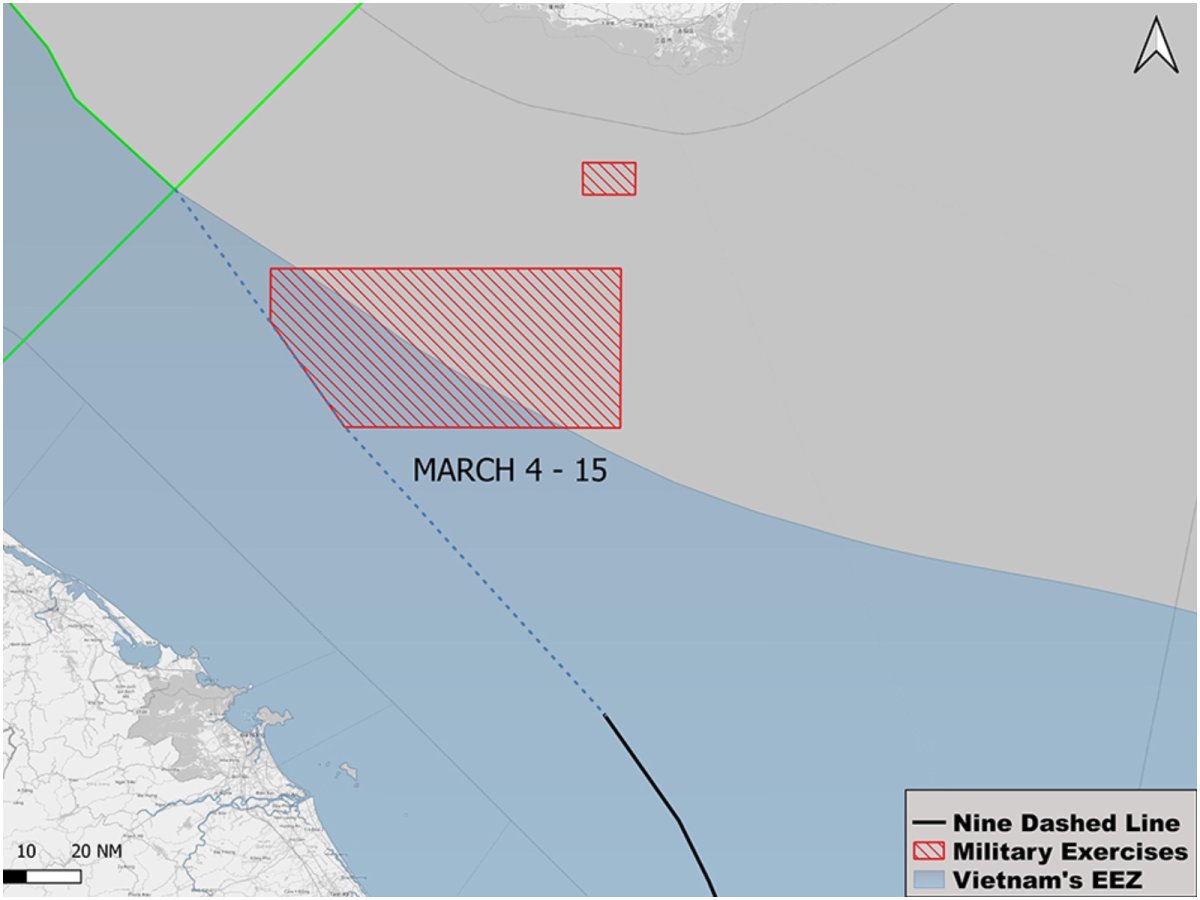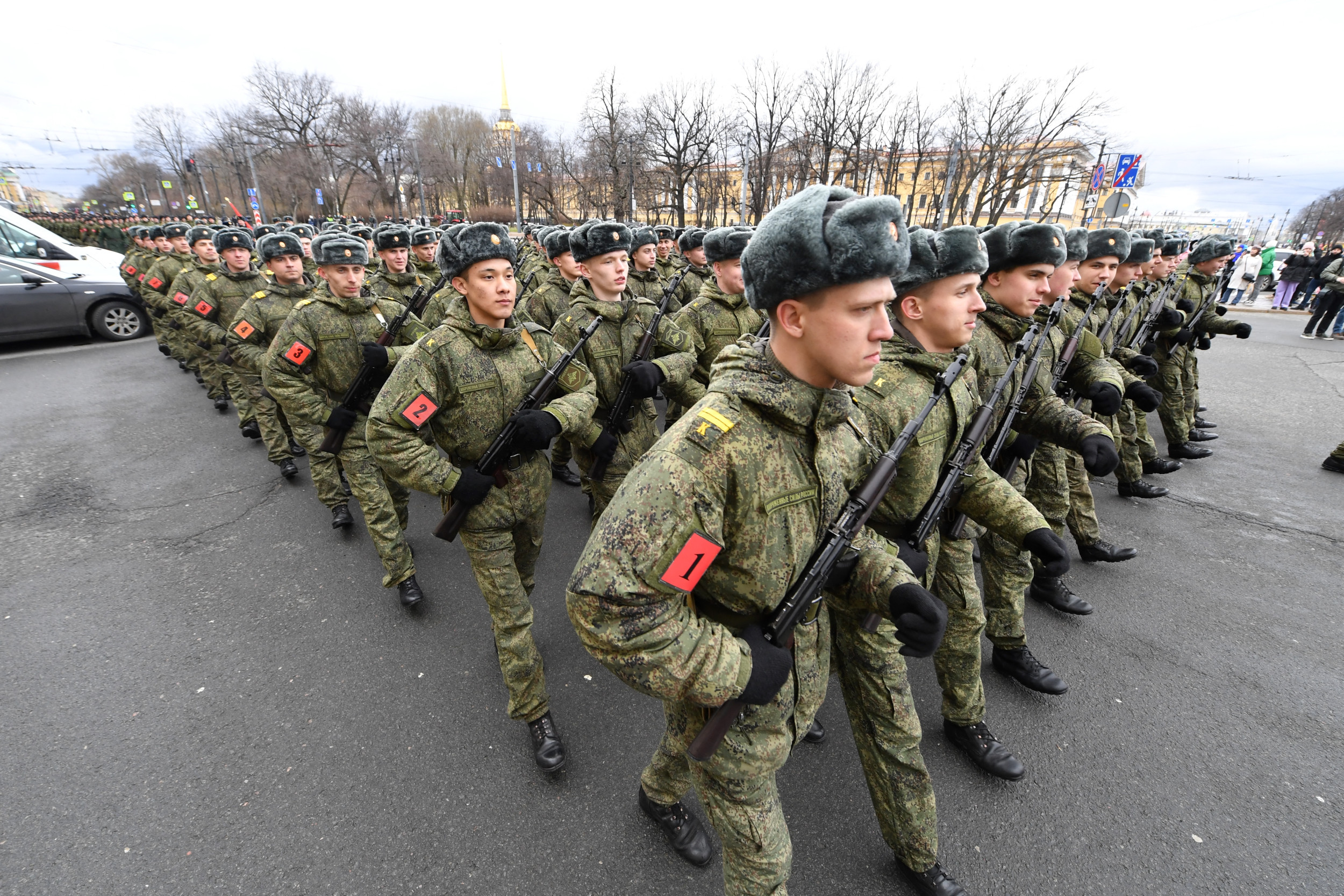The Chinese military is searching for a patrol plane that crashed into the South China Sea earlier this month, Taiwan's intelligence agency said on Thursday, becoming the first government in the region to officially confirm several days of speculation.
The March 1 accident involving a People's Liberation Army Air Force Y-8 anti-submarine warfare (ASW) aircraft was first revealed by Vietnam-based maritime analyst and open-source intelligence reporter Duan Dang in a Sunday issue of his Substack newsletter, South China Sea Brief. Chinese authorities had announced a "surprise military exercise" from March 4 to 15 in order to conceal the search and rescue efforts within a maritime no-go zone, Dang wrote.
In Taipei, a report presented to the legislature by the National Security Bureau linked the area of China's naval drills to the loss of the PLAAF asset, which it said had "crashed into the South China Sea in early March." Taiwan's chief of intelligence, Chen Ming-tong, declined to disclose further details about the source of his agency's intelligence.
In his newsletter on Wednesday, Dang noted China was still "actively searching" for the lost maritime patrol aircraft, and had brought in navy, coast guard and seabed research vessels as part of the large-scale operation taking place in the waters between Vietnam and the southern Chinese province of Hainan.
"The coast guard and research ships were only moving slowly within small areas, suggesting they were on a searching mission. Dozens of other naval ships were also continuously patrolling this area," Dang said.

That the PLAAF appears to have grounded its entire fleet of Y-8 ASW aircraft adds more credibility to the reports, said Su Tzu-yun, an associate research fellow with the Institute for National Defense and Security Research, Taiwan's top defense think tank. "Standard aviation safety protocol calls for the inspection of all similar aircraft types following an accident," he told Newsweek.
Taiwan's Defense Ministry is continuing to track near-daily Chinese military flights into the southwest corner of the island's air defense identification zone, but the anti-submarine variant of the Y-8 has not been detected since March 1, the day of the reported South China Sea mishap. Meanwhile, the electronic warfare variant of the Y-8 has run missions into Taiwan's ADIZ on at least three occasions this month, the ministry's data shows.
Su described the Y-8 ASW aircraft as a "mature, reliable and durable airframe." The accident was likely caused by inclement weather or pilot error rather than mechanical failure, he said, while China's military culture means it would not have disclosed the incident even if the country were not in the middle of the Two Sessions, the annual gathering of the National People's Congress and the Chinese People's Political Consultative Conference—its national legislature and advisory body, respectively—in Beijing.
China's Defense Ministry did not respond to separate requests for comment.
Earlier this month, the U.S. Navy announced the recovery of an F-35C Lightning II fighter jet after it fell into the South China Sea following a failed landing on the aircraft carrier USS Carl Vinson on January 24. The salvage operation, from a depth of 12,400 feet below the surface, took more than five weeks.
Reached on separate occasions since Dang's first report, the Japan-based U.S. 7th Fleet told Newsweek it had no details to share about the Chinese military's recent accident.
Pushing the Limits
On March 7, Vietnamese Foreign Ministry spokesperson Le Thi Thu Hang protested the extent of China's maritime no-go zone after saying it had violated Vietnam's exclusive economic zone. An illustration of the search area supplied by Dang shows it matching the boundaries of Beijing's so-called "nine-dash line," a sweeping maritime claim with no basis in international law.
In a response the following day, Chinese Foreign Ministry spokesperson Zhao Lijian said: "It is reasonable, lawful and irreproachable for China to conduct military exercises on its own doorstep."
Taiwan's intelligence agency said Beijing was taking advantage of the ongoing war in Ukraine to "test the limits" of its fellow South China Sea claimants.

Uncommon Knowledge
Newsweek is committed to challenging conventional wisdom and finding connections in the search for common ground.
Newsweek is committed to challenging conventional wisdom and finding connections in the search for common ground.
About the writer
John Feng is Newsweek's contributing editor for Asia based in Taichung, Taiwan. His focus is on East Asian politics. He ... Read more
To read how Newsweek uses AI as a newsroom tool, Click here.








